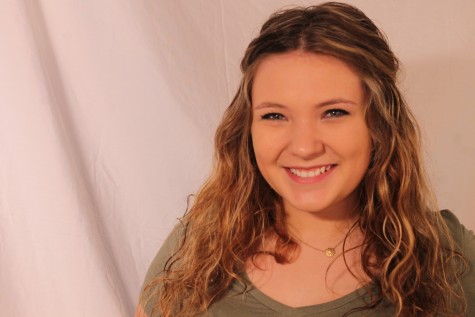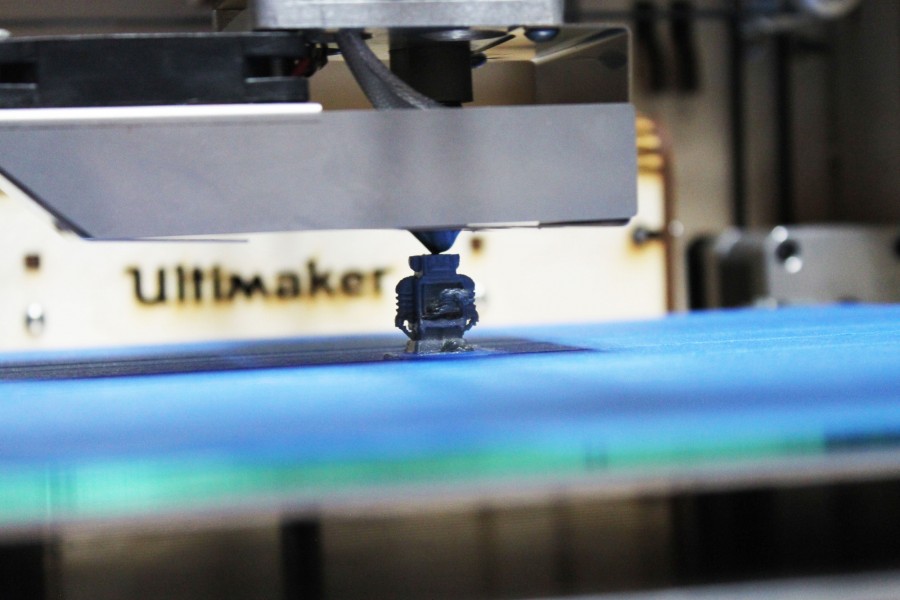Calling all creators
Today, a miniature robot. Tomorrow, a heart. With increasingly smarter technology, printing a live heart could be tangible within the next couple of years due to 3-D printing.
Senior Kaleb Losey has worked closely with art teacher Jay langone since his freshman year. He has taken four of his classes, one of which was a computer graphics class. After hearing about the idea of incorporating a 3-D printer into next years graphics class, Losey imagined the possibilities for future students.
“I think it gives students a chance to have their work actually come alive. You build something from your own mind, and then you get to print it out,” Losey said.
This was also the thought going through the minds of Langone and math teachers Steve Allison and Jason Rickli when learning about the possibility of building and programming a 3-D printer to bring to the classrooms of Stockbridge.
“I was immediately interested in it. Let alone for the school, but also for me to personally know and use it, and to bring it back to Stockbridge.”
The idea sprouted when technology director Jim Kelly sent an email out to all teachers. After Allison received the email, he instantly knew what trio would be a perfect fit for the workshop. A trio consisting of himself, Langone, and Rickli.
“Mr. Langone knows the programming behind it, I know the math, and Mr. Rickli knows the engineering. We were a good fit,” Allison said.
When Langone realized they would be attending a workshop to work on the printer, he was “excited about the opportunity, and to also hang out with other teachers outside the school,” Langone said.
The ability for the three to attend the conference came from Title II funding from the state. The U.S Department describes Title II funding as funding to increase student academic achievement through strategies such as improving teacher and principal quality and increasing the number of highly qualified teachers in the classroom. The past fiscal, the school was given $66,000 from title II. So far, $47,566 has been used in the 2015 school year.
Printing starts with three different design programs, each of which add something to the file. After the programming is complete, the data gets sent to the printer, which lays down 0.1 millimeters of melted plastic at a time in the dimensions for the object that is being printed.
“The printer itself is helpful not only for what it can print, but for converting drawings and concepts into three dimensional objects that can be examined and explained,” Kelly said.
“In addition to the printer, the training and collaboration are also a tremendous benefit to the school.”
Students who are interested in programming and designing should drift to Langone’s graphics class to be a part of the creation process.

Kaylee is an Editor-in-Chief on staff. She's in 12th grade and in her spare time she likes spending time with her dog, long walks on the beach, and drives...



